So your kid wants to be a wildlife photographer?
When my 9 year old told me she wanted to take pictures of birds I had no idea it would lead us through old Nikons, Fujis, bridge cameras, and finally to an OM System kit that truly fits her. This is not a spec sheet, it is the story of how we found the right gear for a young wildlife photographer.
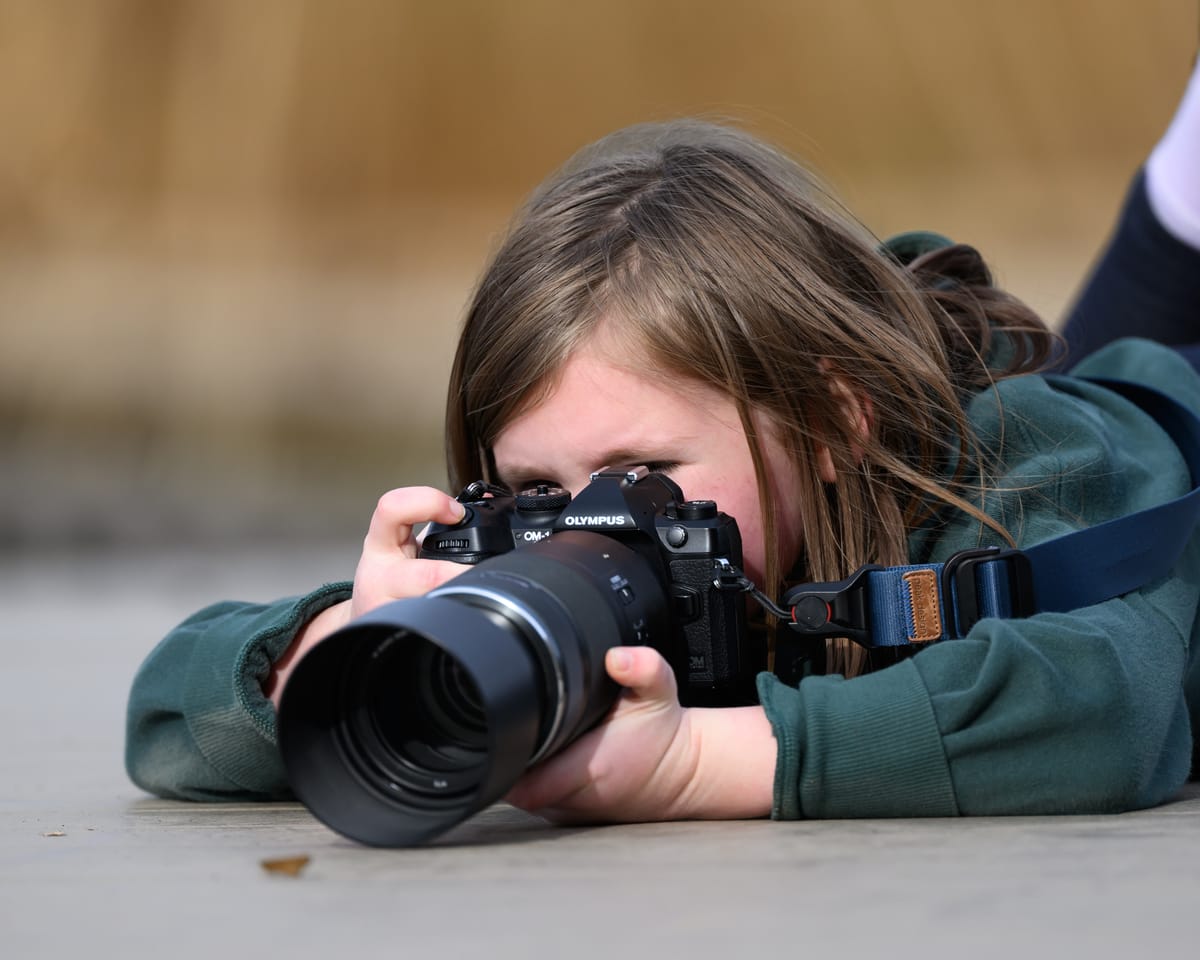
In a break from the norm this blog is filled with photos taken by my 9 year old daughter, less a tech review and more the story of how OM System ended up being the right fit for her.
The Beginning
I’ll start with this, wildlife photography is not cheap, and it’s hard to imagine costly cameras in the hands of 9 or 10 year olds. But if your kid is passionate about birds and wildlife, or you’re a photographer who wants to encourage them and take them shooting with you, I’ve done a ton of research and landed on what I think is the best and most cost effective system a child can actually use and grow into.
Before we get ahead of ourselves though I have to rewind. When I first picked up a camera again I had no idea I was about to become a wildlife photographer. I was just hunting for a Fuji X100VI to mess around with. They were impossible to get at the time so I settled on an XT5. Then my 9 year old looked up at me and said, “Dad I wanna go take pictures of birds.”
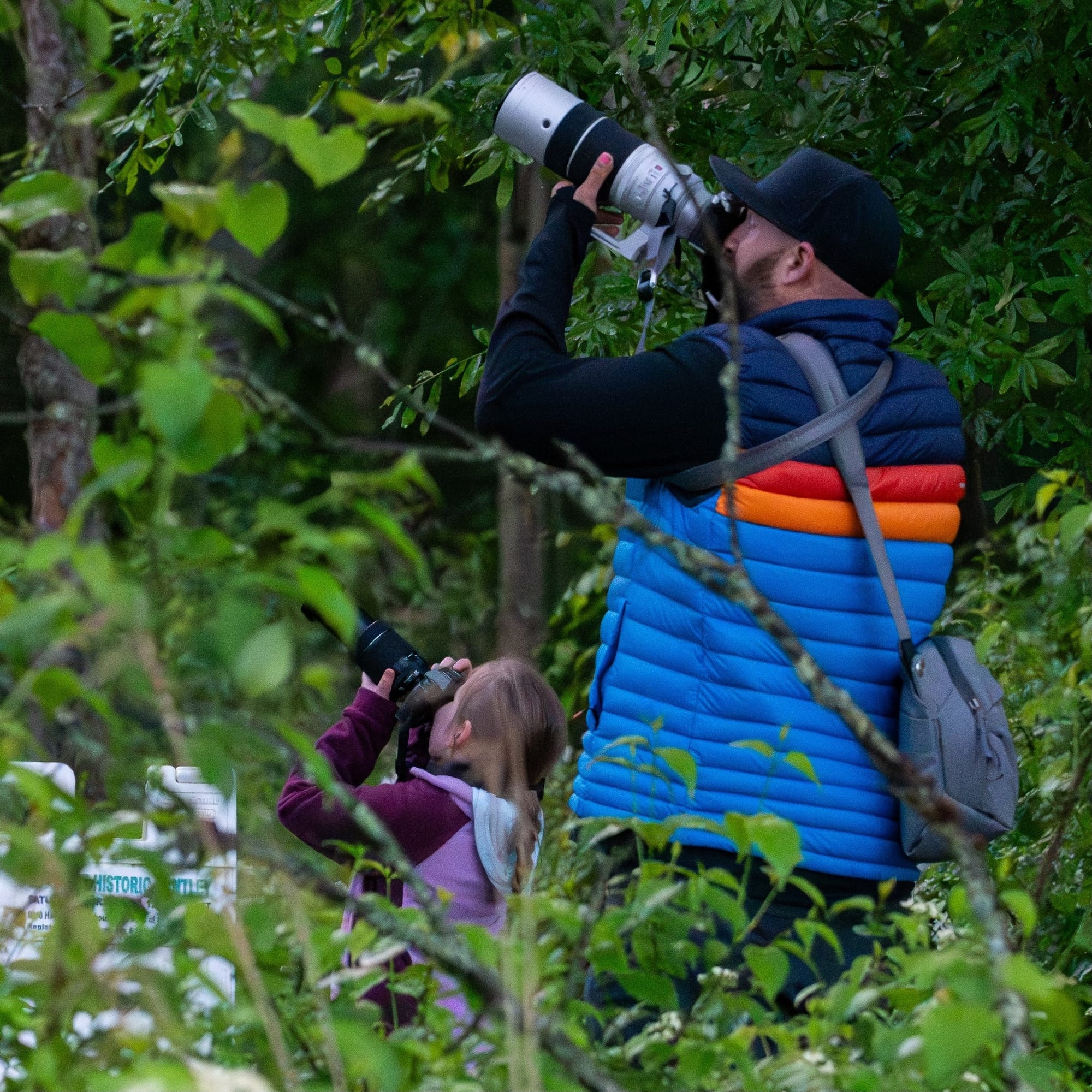
That one sentence kicked off a rabbit hole I never expected. And honestly I owe her thanks. I probably would not have stuck with photography if it were not for wildlife. It is unpredictable, reactive, and it hits every note my ADHD brain needs to stay hooked. But that is a story for another day.
It wasn't long before hanging out with a pair of binoculars wasn't enough for her anymore though, she wanted to take pictures herself. Thus began a lot of trial and error, research, and almost purchases until we finally found her camera.
Early Attempts: Nikon and Fuji
My wife had an old Nikon D3200 lying around and we tried that first with a 70–300mm lens. It was ok, but it was bulky, the tech was rough, and the autofocus just does not line up with modern cameras. It is hard enough as an adult to shoot a bird in flight without reliable autofocus, let alone for a 9 year old who can barely hold the camera. That was out.
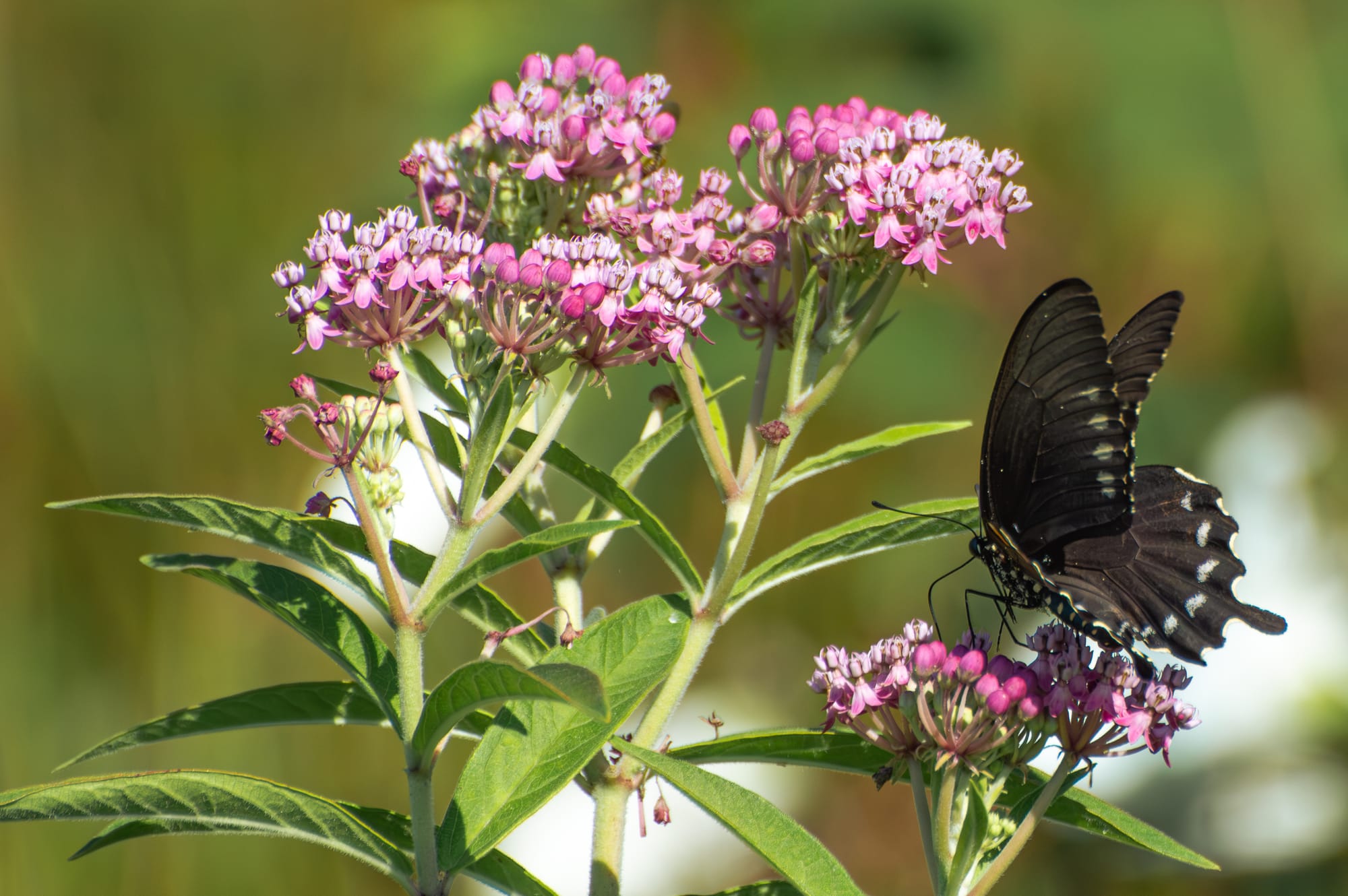

Shot on Nikon D3200 with 70–300mm f/4.5–5.6 by my 9 year old daughter
Next we moved on to a Fuji XT200, a camera I had picked up when I was just getting back into photography, paired with the 70–300 I had bought for wildlife. It was smaller, lighter, and she preferred it. But it had many of the same drawbacks. It just could not keep up, and honestly when your love is birds, 450mm effective focal length just often is not enough.
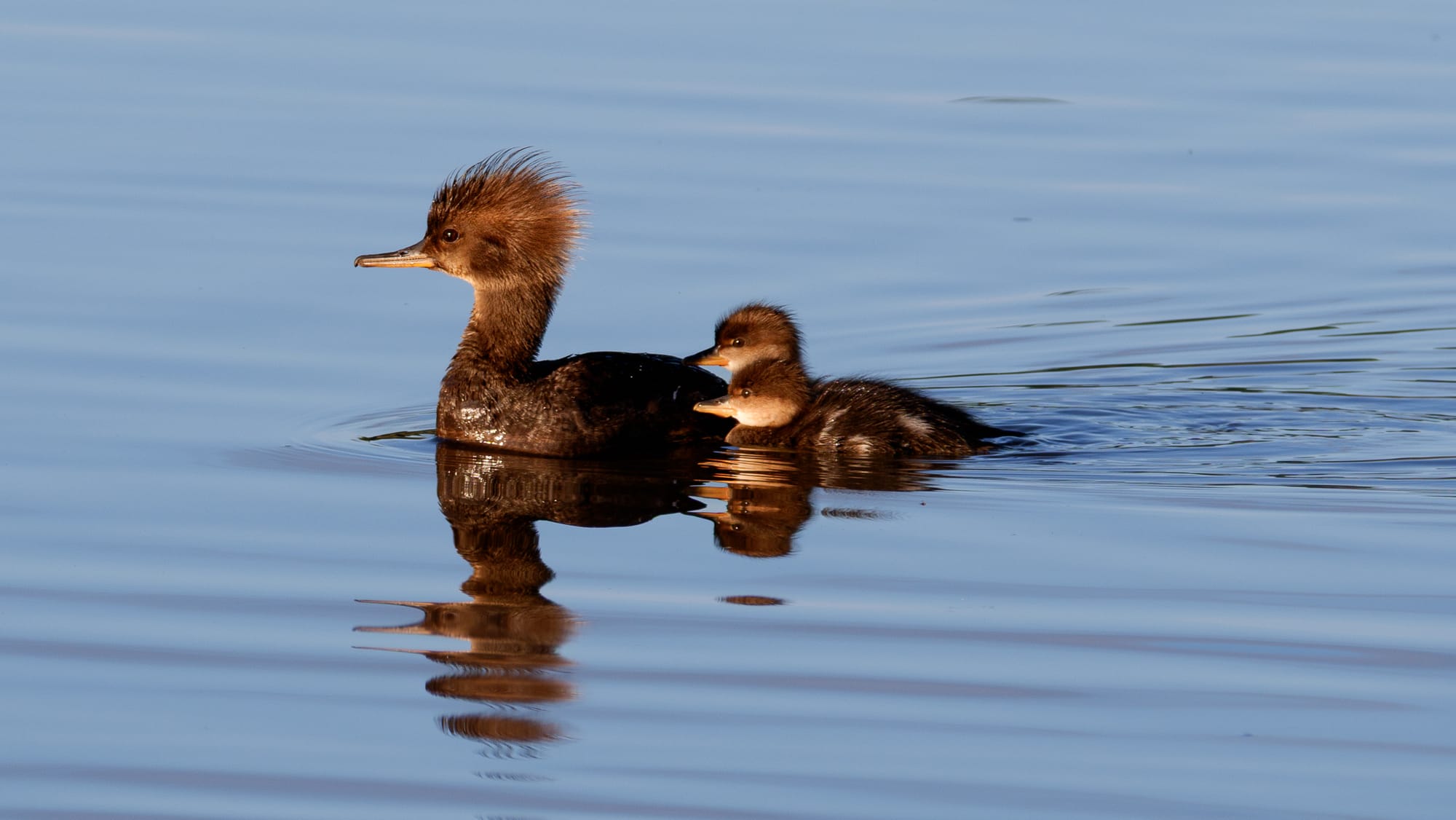
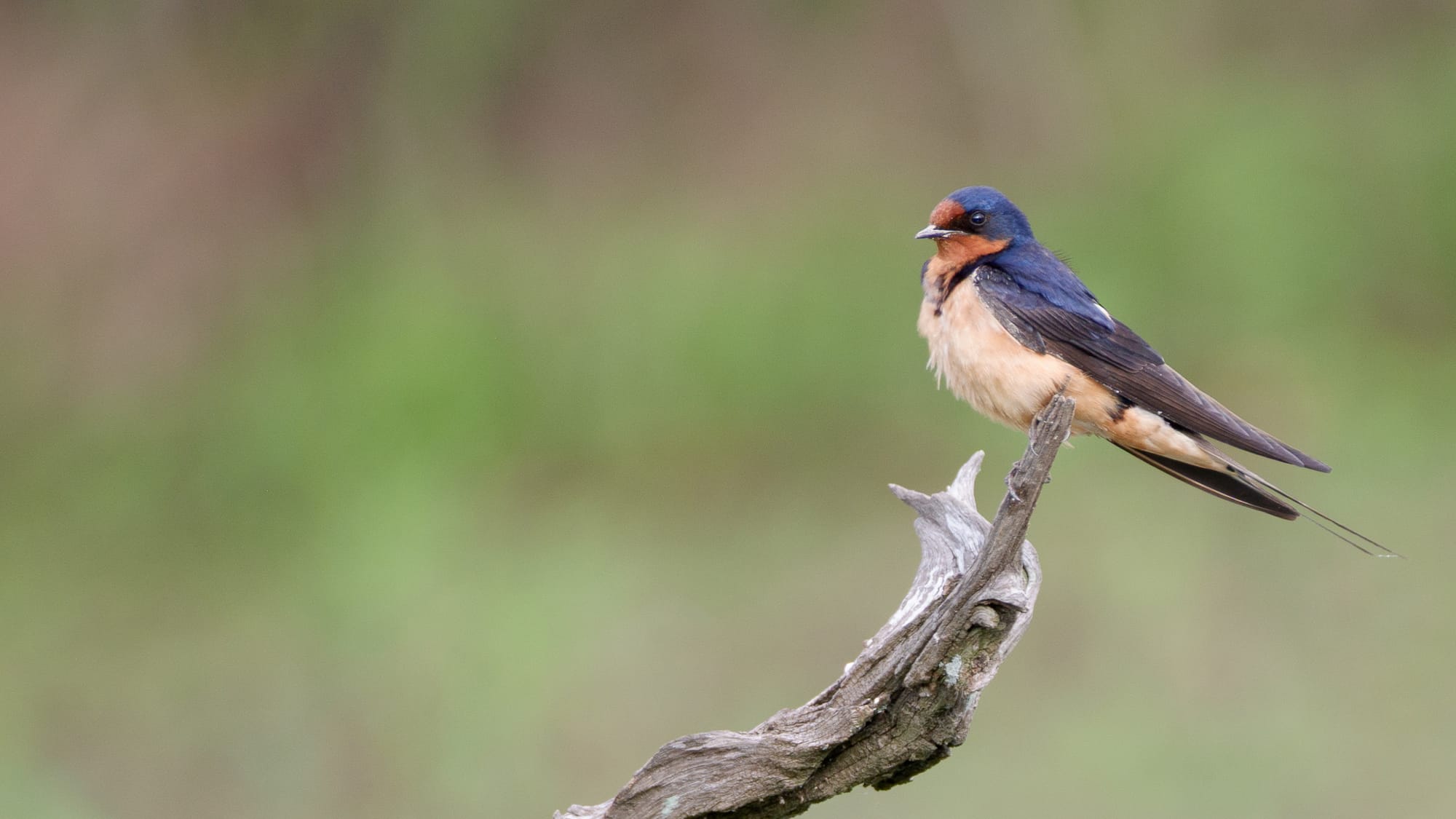
Shot on Fujifilm X-T200 with 70–300mm f/4.5–5.6 by my 9 year old daughter
She needed something modern and we knew that, but even more than that she needed at least a 600mm effective focal length. Especially if we wanted to really encourage this hobby. I have always believed you do not buy cheap instruments. They do not make you excited about playing music. Photography feels the same way. If I wanted my daughter to stay engaged and keep coming out with me, to really develop this passion, we had to find her a real camera. A modern camera. The right tool for the job. Which is super tricky when you are nine and cannot lift much.
The Bridge Camera Debate
After probably a hundred hours of research we had settled on a bridge camera. It seemed like the only thing that would work. The Nikon P1000 or more likely the Sony RX10VI. Honestly either of these would be great for a smaller kid. They are great for adults and hobbyists too.
But that small sensor worried me, and so did the lack of growth options in the system. If we bought one, in a few years we would be right back to square one when she leveled up. I am not saying this is a bad way to go. I actually recommend them. I know plenty of people who use them and they are great for what they are.
But I am insane. And they both lacked strong bird detect autofocus. That is a quality of life feature I cannot live without, so why would I make my 9 year old, who is far less patient than me, live without it?
The Ah-Ha Moment
The night before we were all prepped to go buy her the Sony I had an ah-ha moment. I saw an ad for OM System cameras and it completely changed how I was approaching the problem. It threw a huge wrench in all my plans and all the videos I had watched about bridge cameras.
So down the research tunnel I went again. Video after video. Blog after blog. This time about the OM-1 and lens options that could get us to at least 600mm while still being something she could actually carry.
It honestly seemed like the perfect system. Small. Strong. Probably better autofocus than my Nikon kit. And that micro four thirds sensor with its 2x crop ratio meant even a 300mm lens would be fine, and those didn't weigh much.
Next was weighing the lens options. The pro lenses were too big, too heavy, and too expensive. Not really an option. Not yet anyway. But the 75–300 checked the right boxes. It was inexpensive and really small, giving her that 600mm effective focal length. One thing to note, that lens is not weather sealed, so you do have to be careful in the rain.
A Quick Note on Micro Four Thirds
Micro four thirds cameras use a smaller sensor than full frame. The sensor size is half, which creates a 2x crop ratio. That does not mean a 300mm lens magically becomes a 600mm lens. It means the smaller sensor gives you the same framing you would get if you put a 600mm lens on a full frame camera. What it does not change are the actual optical characteristics of the lens. Background blur, depth of field, and compression are still those of a 300mm lens. If crop factor gave you all of that too, every wildlife photographer on earth would be shooting OM System. That said it's a huge step up from the 1 inch sensors on the bridge cameras.
Ok Back to it
Now back to the lens, that 75-300 didn't have great reviews, including the version 2, and I can say in practice I was never really happy with its output, but for 399 on sale it was palatable considering the cost of the camera too and figured it would work. Honestly it did, it performed great for the price, hell she won 2nd place and honorable mention in a youth competition with that lens (the mockingbird and the landing duck below) she just outgrew it really fast. Here are some images from it:
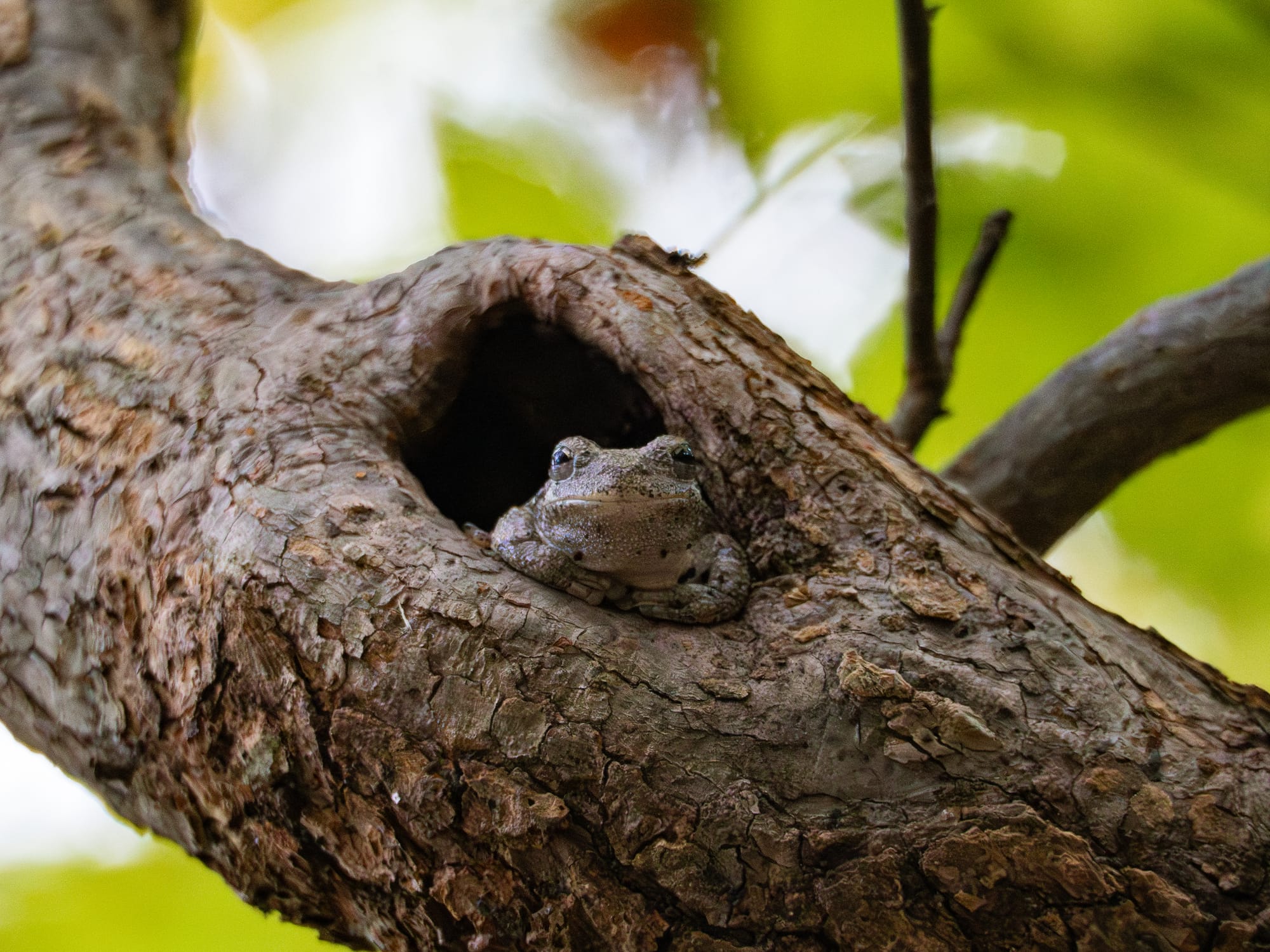
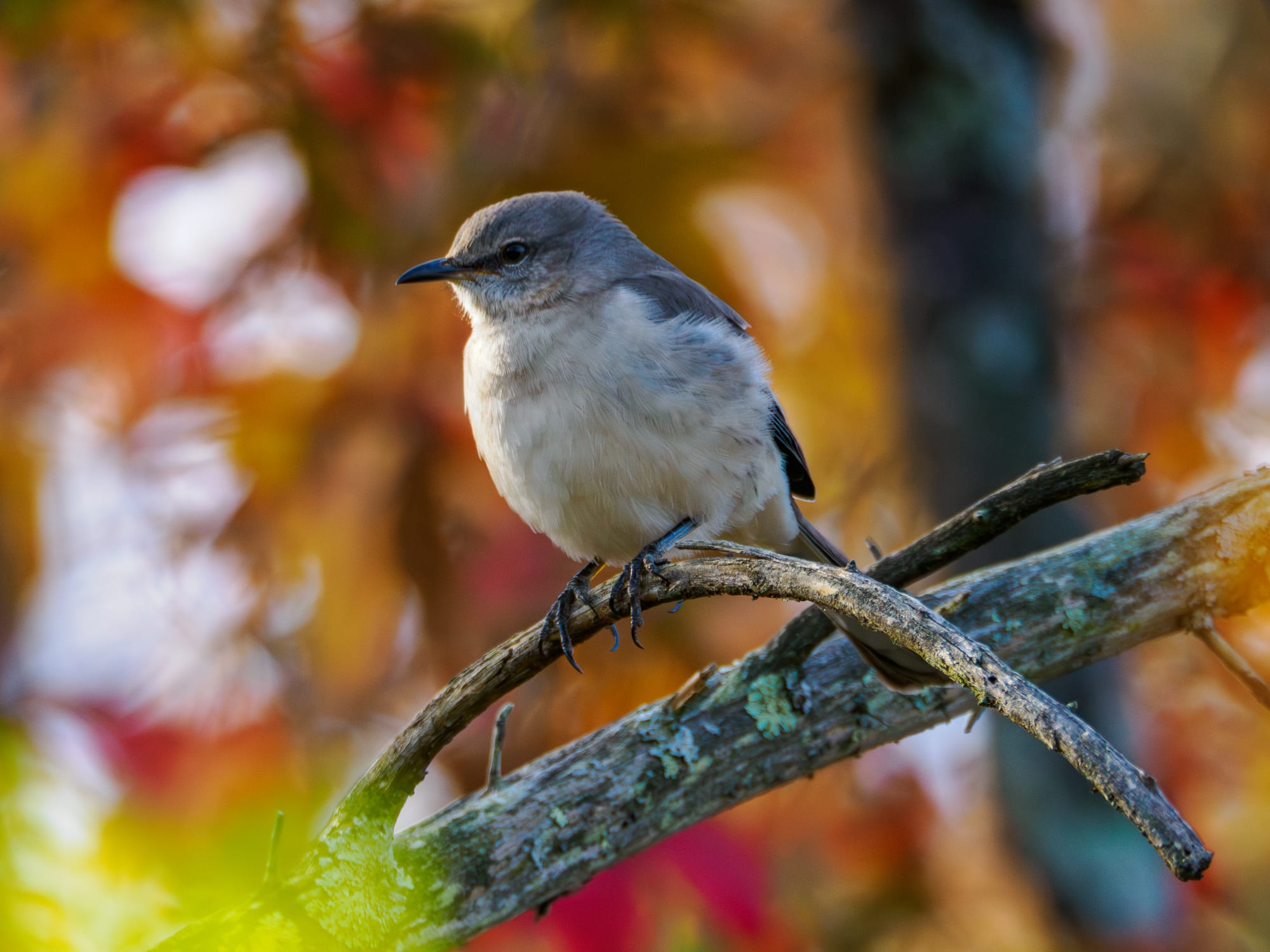
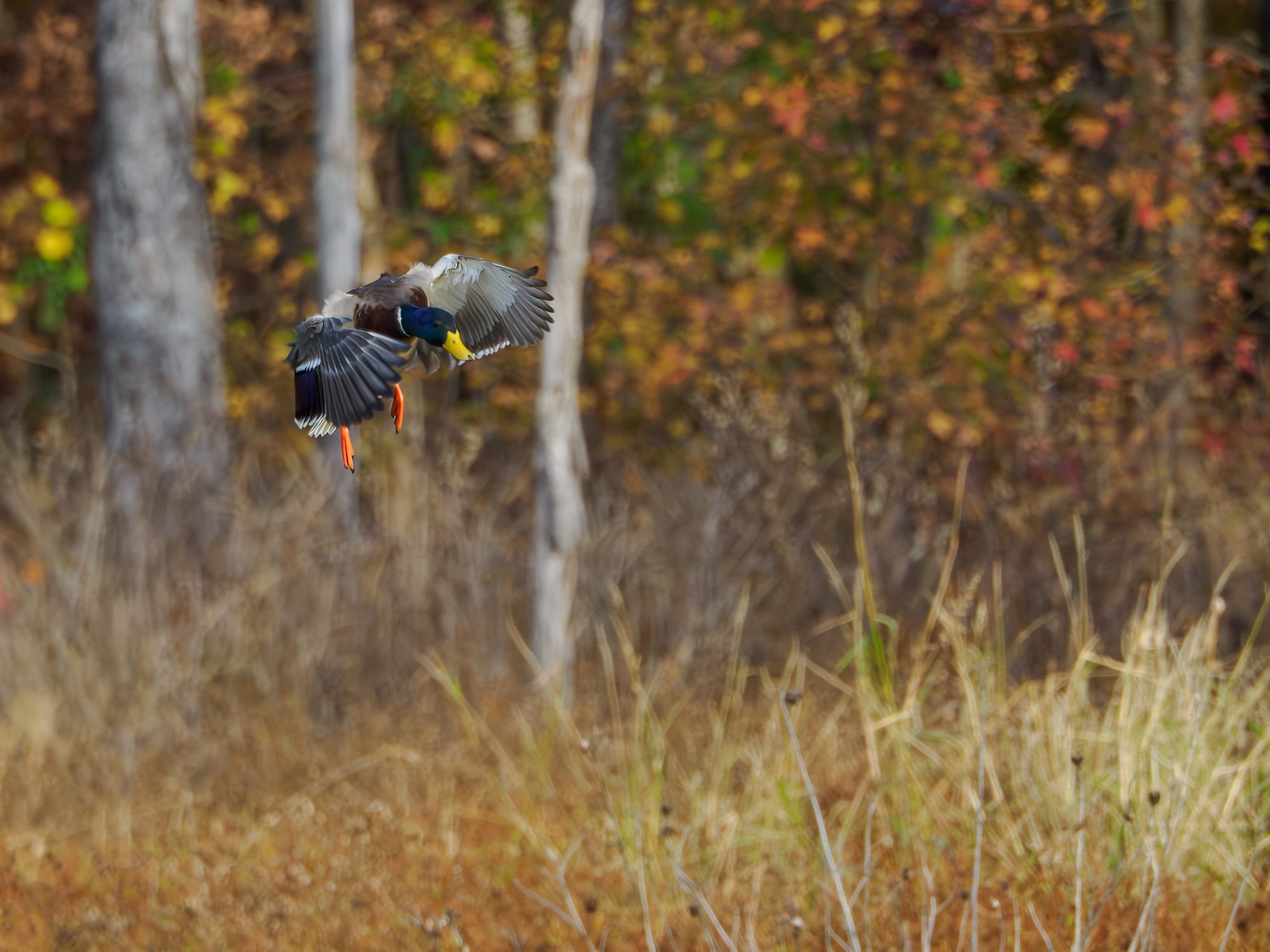
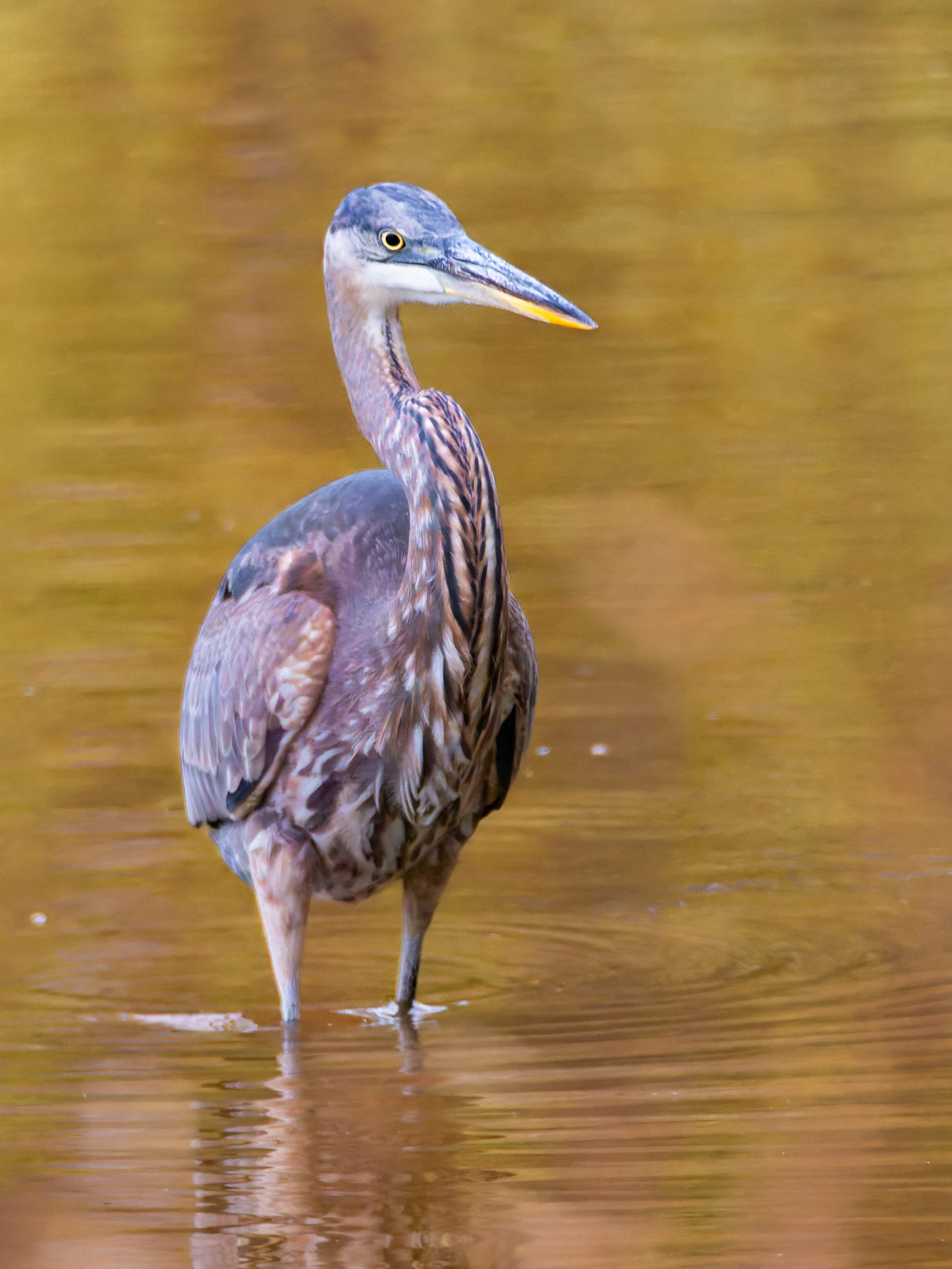
Shot on OM-1 with M.Zuiko 75–300mm f/4.8–6.7 II by my 9 year old daughter
The Upgrade: 100–400mm
With Christmas coming up, and with my own dissatisfaction over the sharpness of the 75–300, it was back to the research hole. Once again the pro lenses were out. Too expensive, too heavy, too big.
So we landed on the 100–400. That is her current lens. Is it the best lens in the world? No, probably not. But she can hold it, even if I have to carry it sometimes when she gets tired of lugging it around all day. It is a lot sharper than the 75–300, plus its weather sealed and has built in image stabilization.
The real bonus though is reach. On micro four thirds the 100–400 gives her an effective 800mm. Anyone who takes photos of birds knows you can never have too much focal length. In the images below you can really see just how much sharper this lens is and how much better it renders. Quick note, these are all higher aperture lenses, but the truth is it barely matters anymore. Modern noise reduction is that good. The common yellowthroat shot below was taken at ISO 25,600, and it still holds up beautifully.
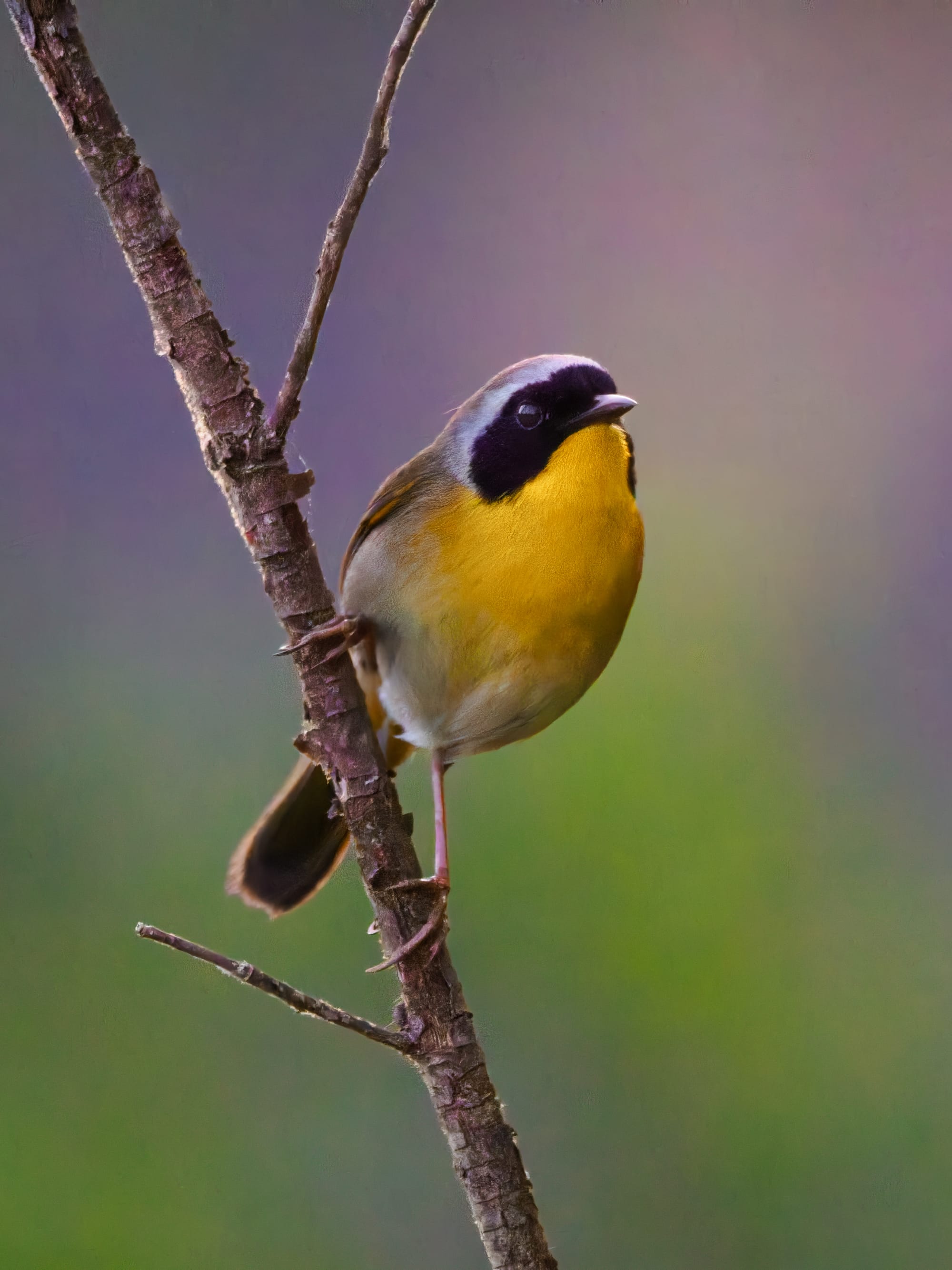
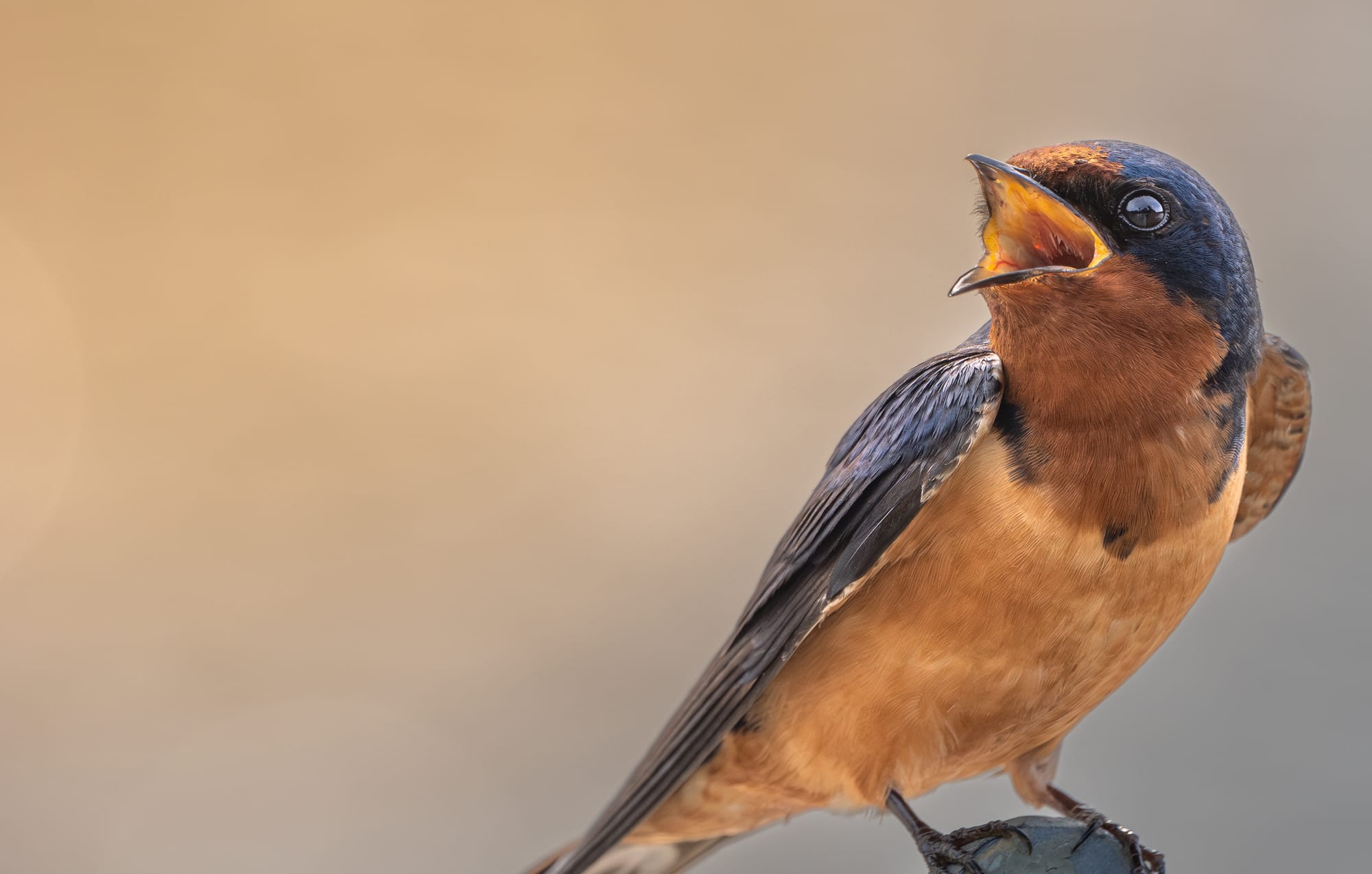
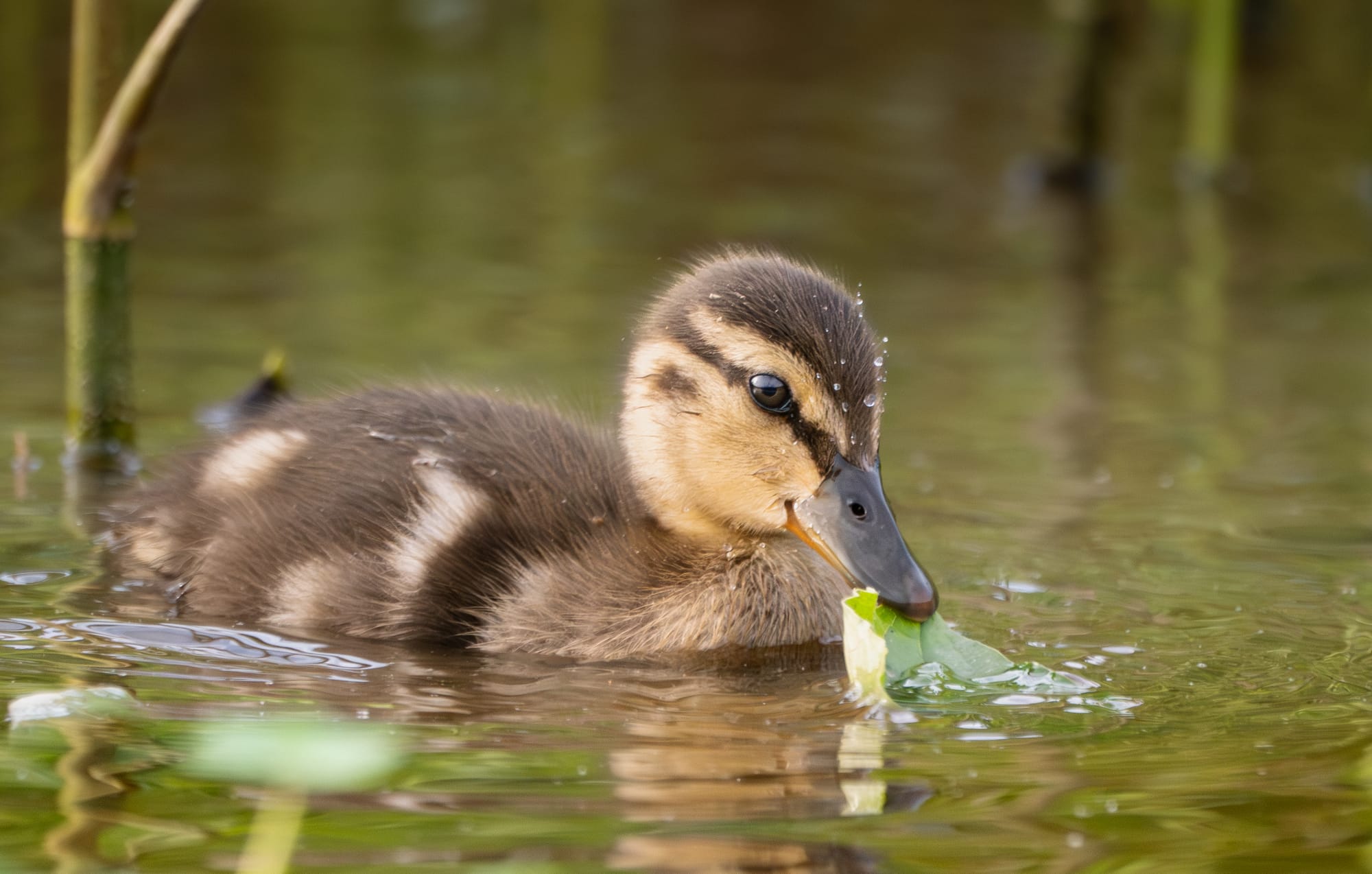
Shot on OM-1 with M.Zuiko 100–400mm f/5–6.3 IS by my 9 year old daughter
Breaking It Down
Now that we have taken the long story filled road with plenty of twists and turns, let’s actually break it down. I know I ramble, I like telling stories, but it all circles back to the point.
I said this at the beginning, but this blog is so long you might have forgotten. This stuff is not cheap. Not in the traditional sense.
It is, however, far cheaper than almost any other wildlife setup, especially if you wait for deals, buy used, or even outright given how expensive big glass is. And in my opinion it is the absolute best camera setup you can get a child for wildlife photography, and it's perfect for a lot of adults too. Small, tough (its built like a tank and kids are accident prone), holdable, and professional quality. Hopefully the images help paint that picture. But let’s break those costs down.
OM-1 Body (original, not Mark II)
- New (retail): $1,399.99 (this is the new “standard” price after the permanent drop from $2,199)
- Sale: Not really discounted further since the price cut
- Used: ~$1,100–1,200 (MPB, KEH, eBay)
Note: In my opinion the Mark II is not a big enough upgrade to justify the price, especially for a young photographer starting out.
M.Zuiko 75–300mm f/4.8–6.7 II
- New (retail): $549.99
- Sale: ~$399.99 (often drops during promos)
- Used: ~$270–350
M.Zuiko 100–400mm f/5–6.3 IS
- New (retail): $1,499.99
- Sale: ~$999–1,099 (fairly common during big OM promotions)
- Used: ~$850–1,100
Putting It Together
Starter Kit (OM-1 + 75–300):
- New: ~$1,950
- Sale combo: ~$1,800
- Used combo: ~$1,400–1,500
Upgraded Kit (OM-1 + 100–400):
- New: ~$2,900
- Sale combo: ~$2,400
- Used combo: ~$2,000–2,200
Final Thoughts
Like I said, it is a lot of money. It really is. But nothing else comes close in terms of capabilities for a budding wildlife photographer.
We have done the research and in the last year have taken it out locally more than a hundred times. It has also made the rounds on bigger adventures to Sapsucker Woods, a magical pilgrimage for any birder, to the coast of Maine to photograph Atlantic puffins by boat, through Acadia National Park on an epic East Coast road trip, and to Shenandoah National Park and the beaches of Assateague Island. In every setting it has performed for her every step of the way.
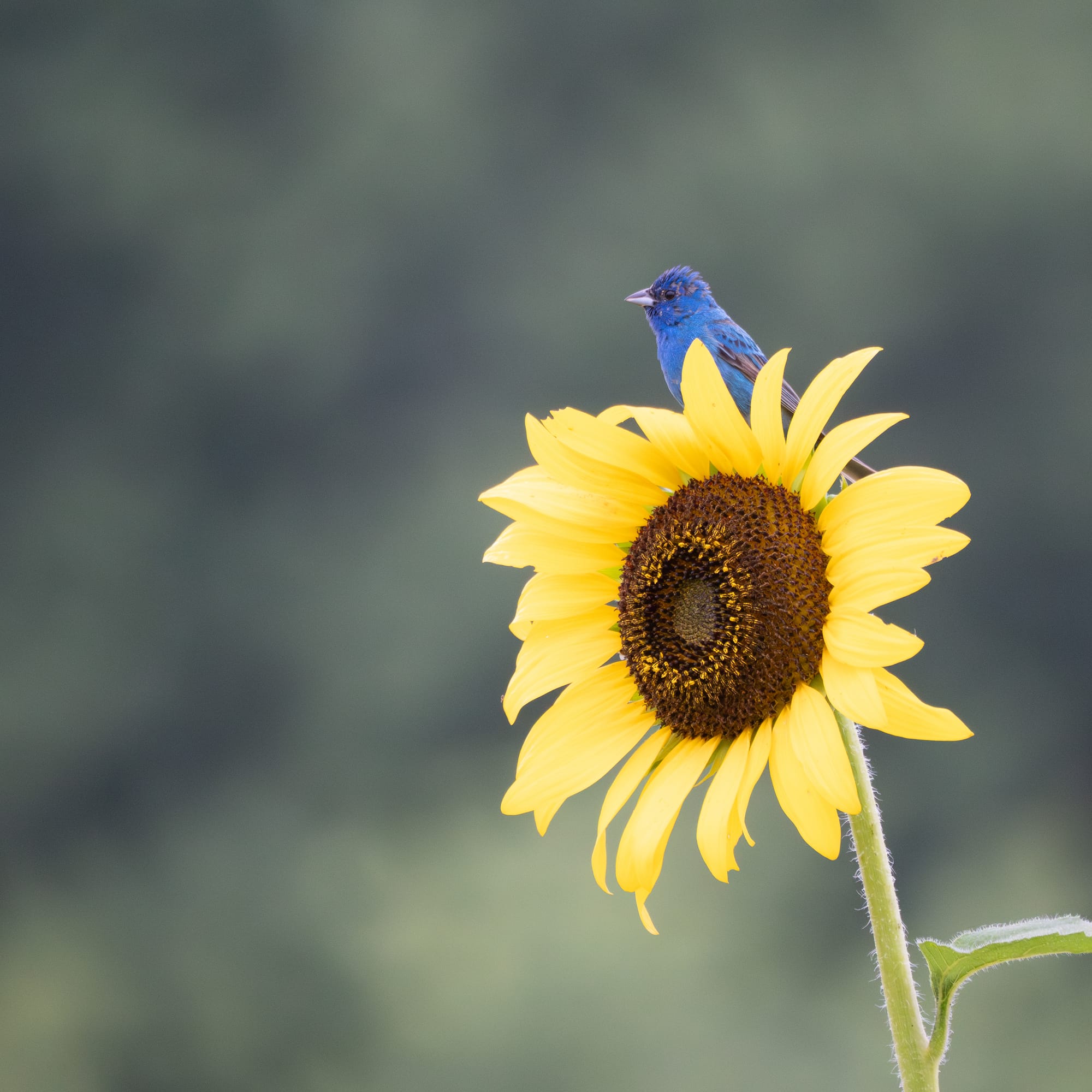
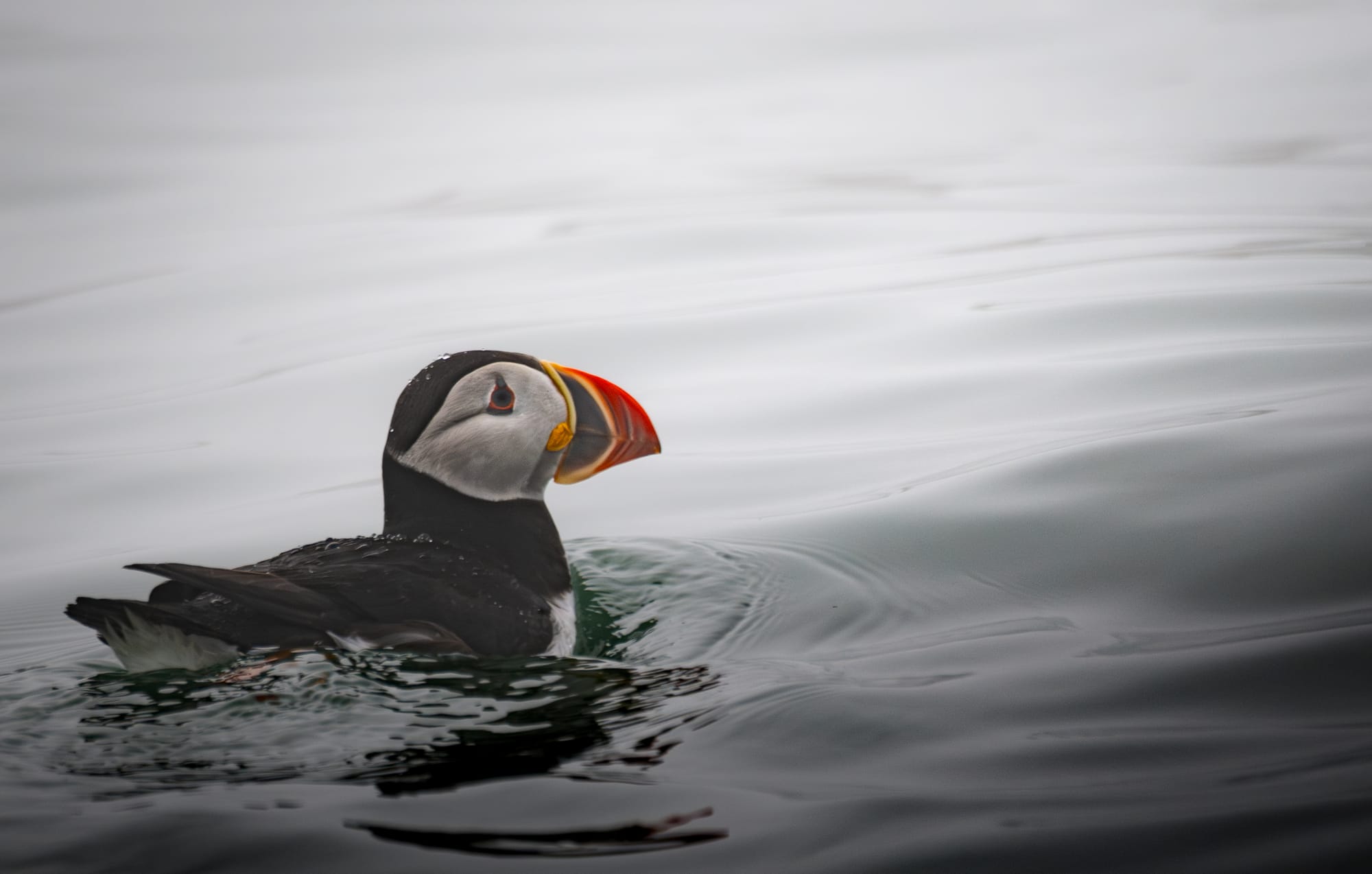
Shot on OM-1 with M.Zuiko 100–400mm f/5–6.3 IS
It is a system I am confident she can trust, get great pictures from, and grow into as she grows up. So if you are an insane person like me and want to encourage your kid’s hobby to an extreme level, you really cannot go wrong with OM System. More than that, bringing her into this has made wildlife photography more fun than I ever imagined. Every trip feels bigger when we do it together. The puffins, the owls, the early mornings, the road trips, they are all better shared.
If you are a photographer and you are wondering whether to hand a real camera to your kid, do it. You will not regret it. Watching her fall in love with this has been as rewarding as any photo I have ever taken.
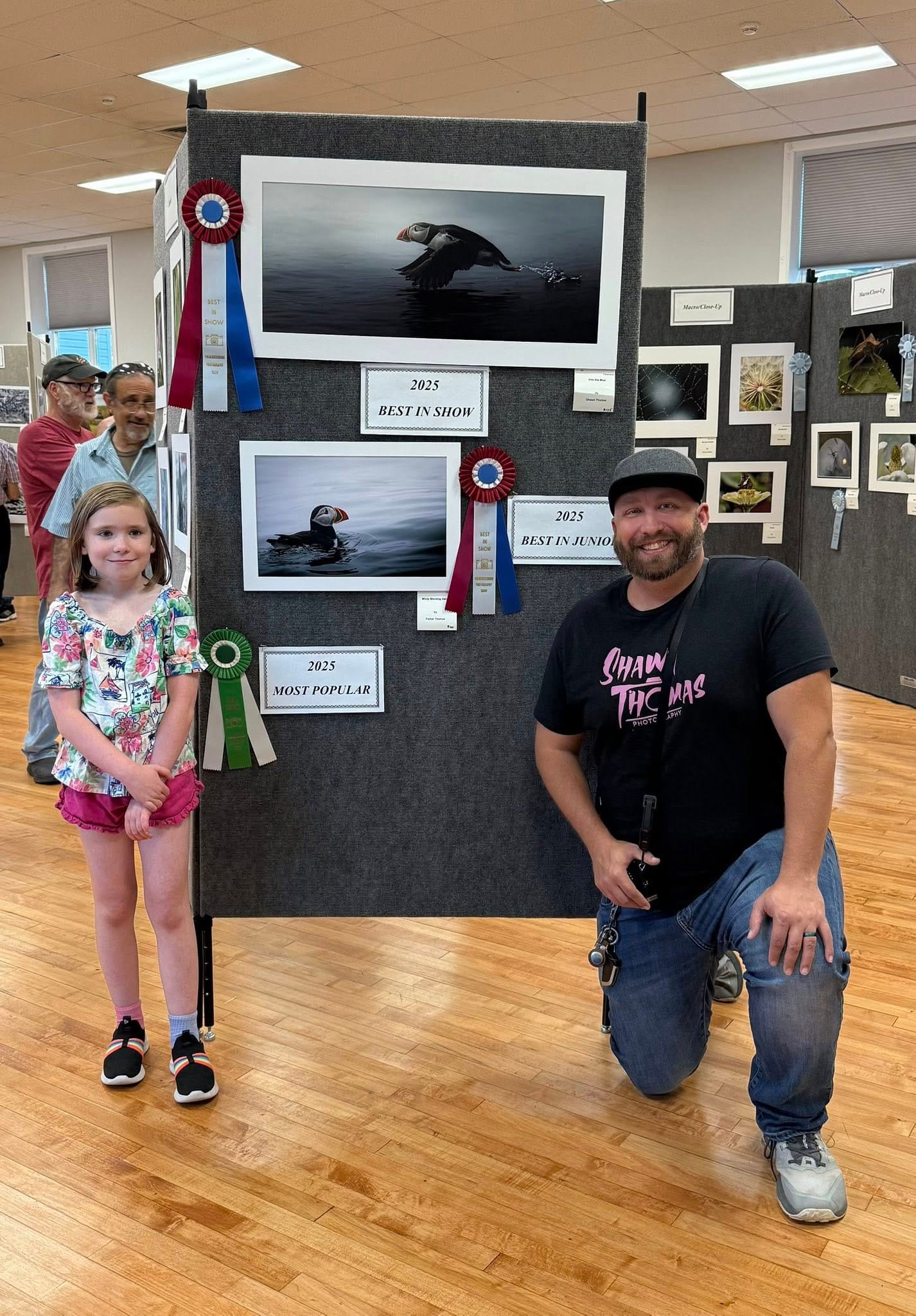
Now that I am done rambling I am going to go hug my daughter, partly because putting this blog together with her images made me realize how incredibly proud I am of her and her pictures. I mean she is nine! Look at these, they are incredible! But more importantly because I have her to thank for getting me into wildlife photography in the first place.
Oh, and just to be clear, I am not affiliated with OM System in any way and I get nothing for saying any of this.
If you want to see more of my photography from my adventures with my wife and daughter, you can visit my website at www.shawnthomas.art.
You can follow my daughter on instagram at: https://www.instagram.com/parkertphoto/
And if you enjoyed this story, consider subscribing to the blog so you can get updates on future posts and new photo adventures.
Update: OM System reached out to let me know they have a dedicated page just for folks interested in bird photography. I wanted to link it here for everyone. It’s a great resource that goes way deeper than this blog:
